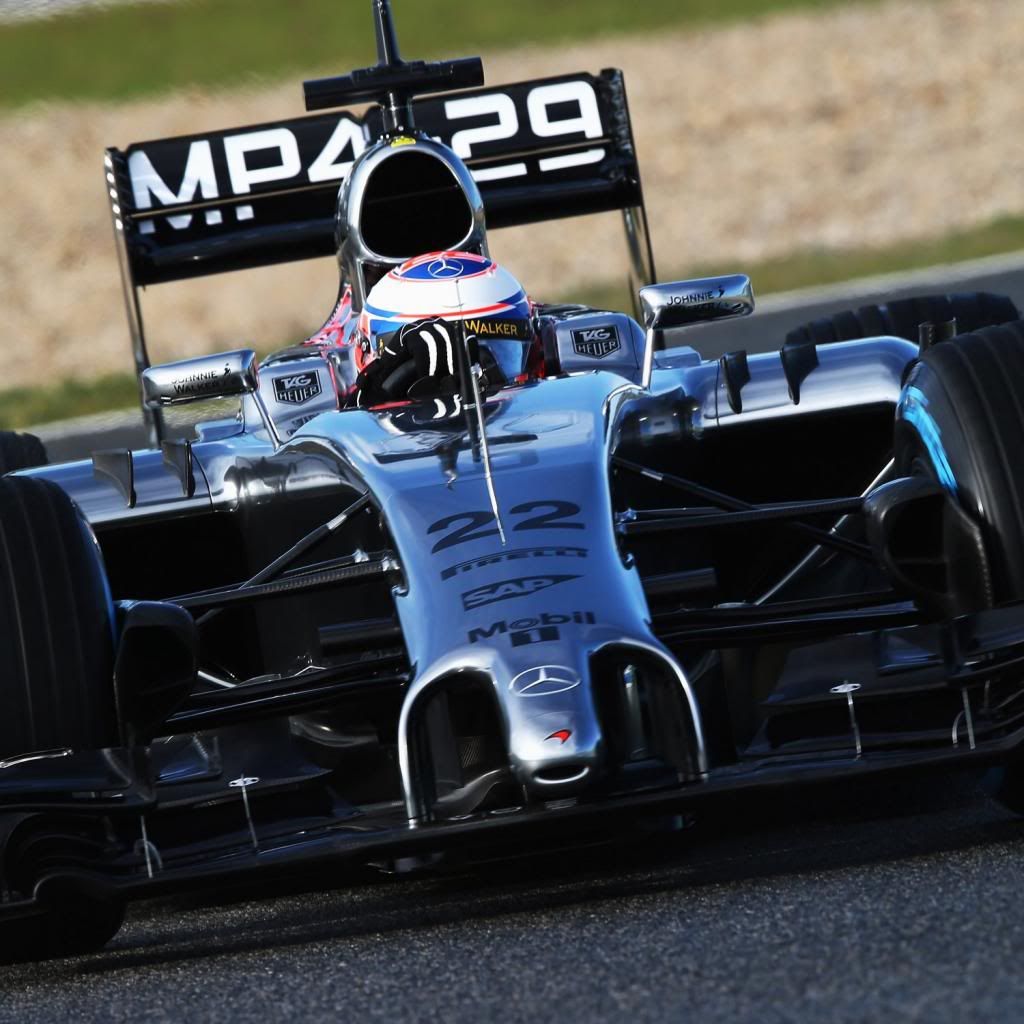Well, then check engine temperature. If friction increased by oil slush, this could be seen in the instruments.
As for quantifying the effects, I'll make this assumption:
The lateral slip is the tangent of the angle of the wheel and the speed vector.
The side force is proportional to this angle, at least for low values of it (what's called lateral stiffness).
Max values for the slip (tangent of angle) are around 0.10
Let's say the driver actually moved the steering wheel very little. So, let's say the tangent of slip angle would be around a quarter of max, that is 0.025.
So, for a car to take a corner at 200 meters radius (no apex cut), you need a lateral force of:
a = v^2/r
a = (210 / 3.6 m/s)^2 / 200 m
a = 17 m/s2
So,
IF the relationship between "phantom" braking force (caused by the slip angle) and lateral force is equal to slip angle tangent, then
braking force = 17 * 0.025 = 0.42 m/s2
Thus, to obtain a reduction of 25 kph (from 210 to 185 kph), equal to 6.9 m/s, you need a time of 16 seconds of curve (that is, 6.9/0.42).
Too long a curve, I presume. If the curve is half a radius in length (28 degrees of deflection, as a radian in length is 57 degrees), it measures only 100 meters, which at 58 m/s gives you barely under 2 seconds to get this deceleration.
So, either the braking force is higher than 0.025 times the lateral force or the other factors took a significant share of the deceleration. For a 2 seconds curve, you need a deceleration of 0.2 times the lateral acceleration to explain the reduction in speed, which is
a lot (over 1.6*0.2 = 0.3 g). You wonder why this car needs brakes: you can substitute them with the steering wheel alone. THAT could be an advantage. You only need to take late apex curves and forget about braking.

On the other hand, you could try to compare the telemetry you have with the one of cars with regular tyres or regular Ackerman (you wouldn't need everything, just speed). As aero yaw and other effects, including oil slush, should be similar for similar cars, then you'll be able to evaluate what's different in this one (tyre width, unusual Ackerman).
If data from other teams is hard to get by, talk with Mike Coughlan or Nigel Stepney. I mean, they could give you figures for braking force vs lateral force.




